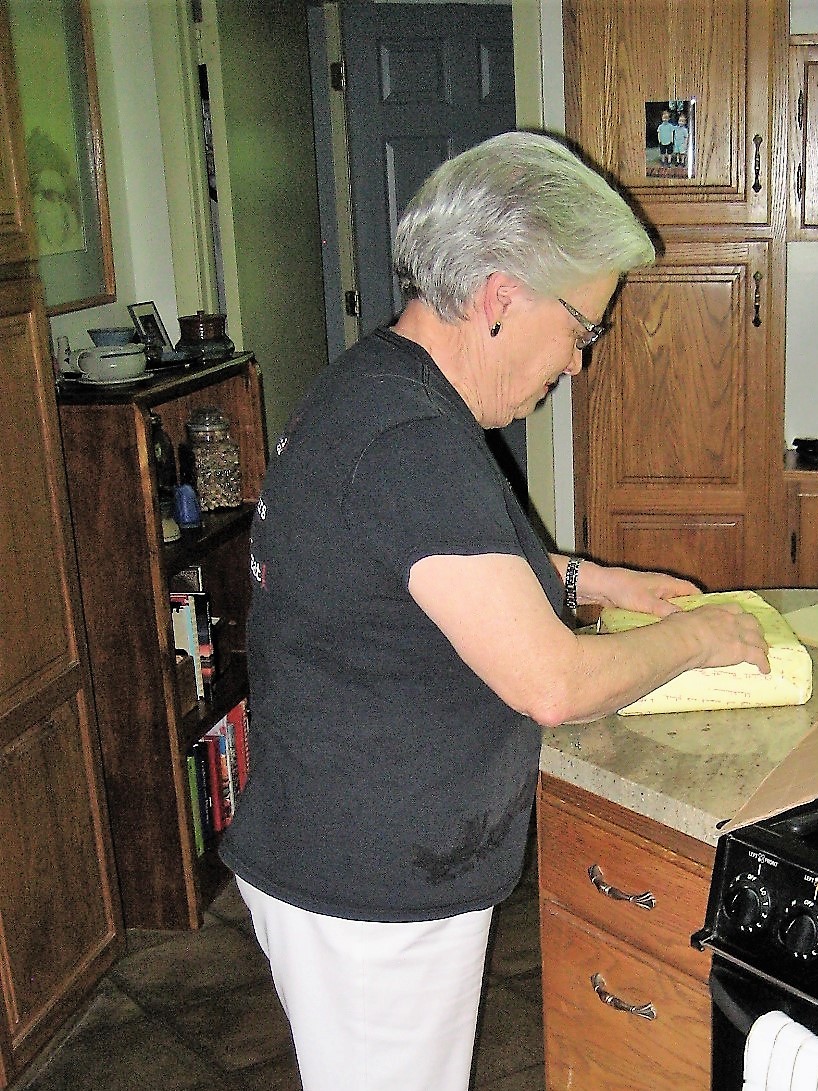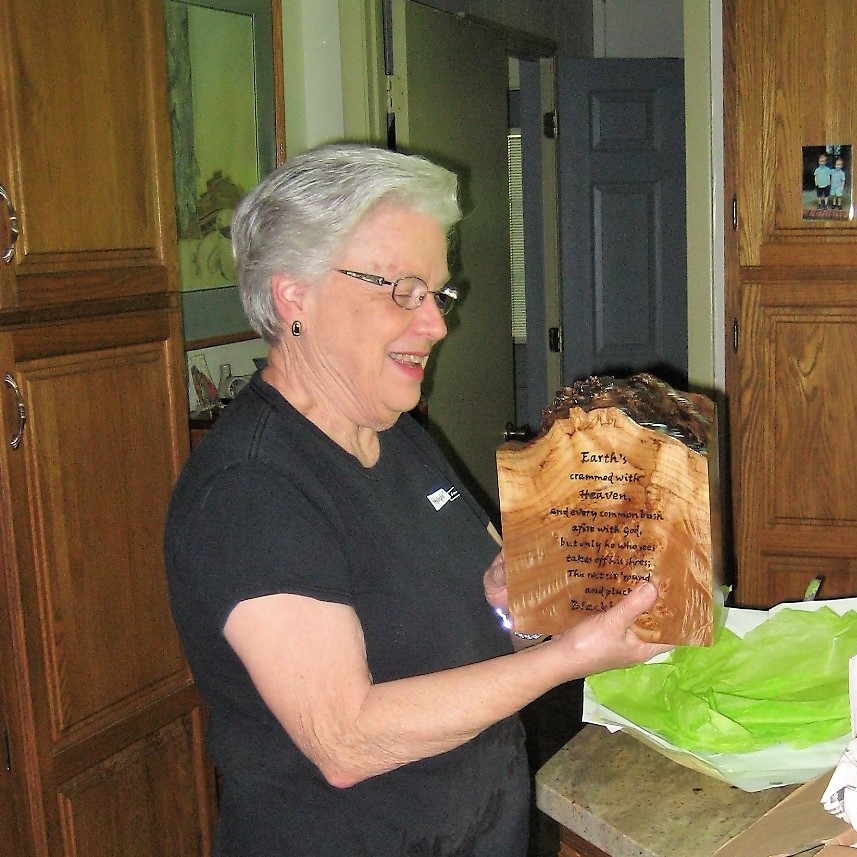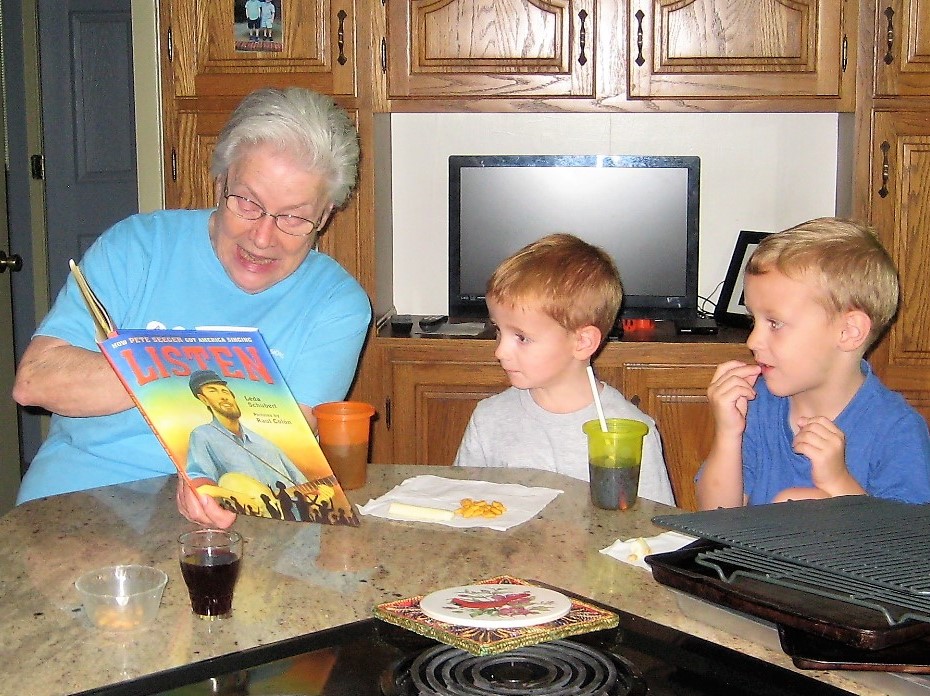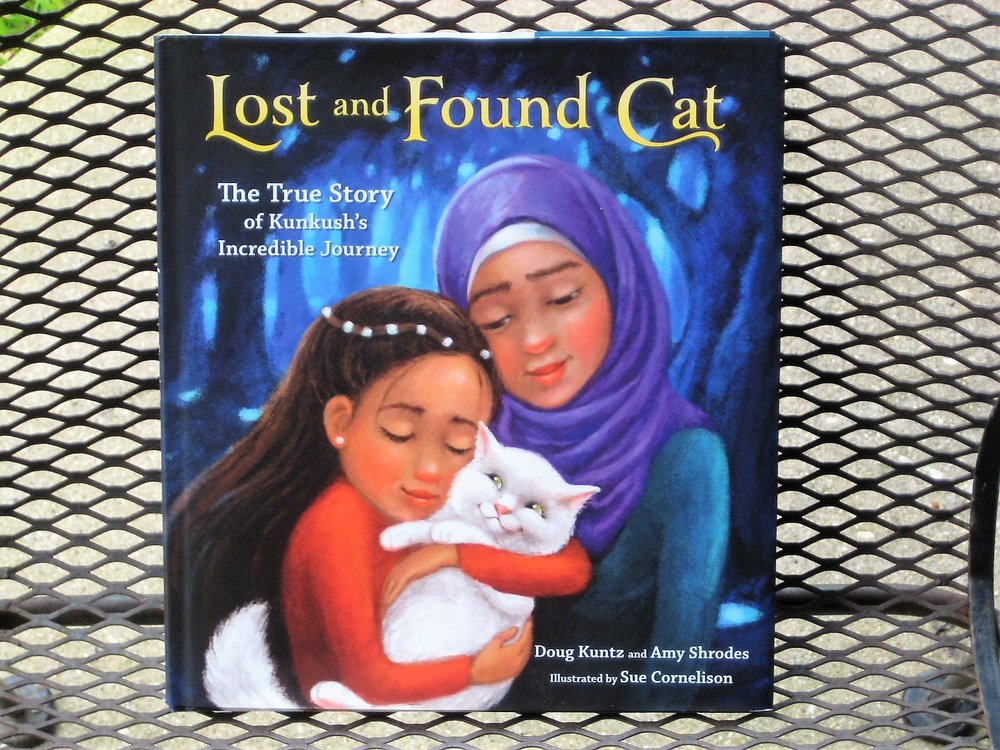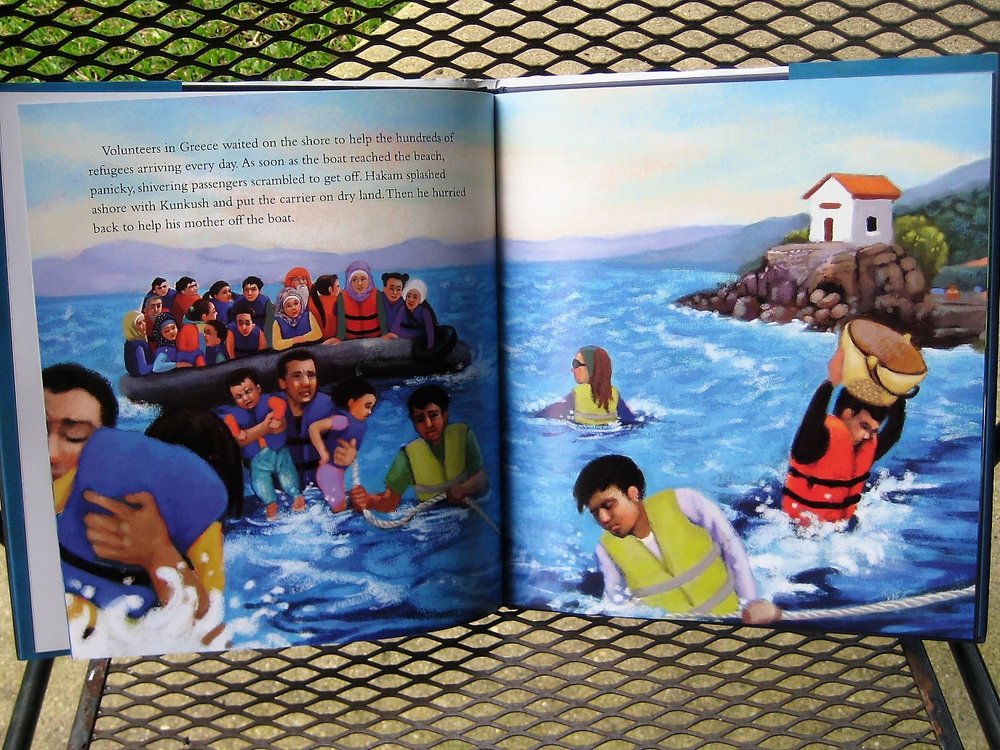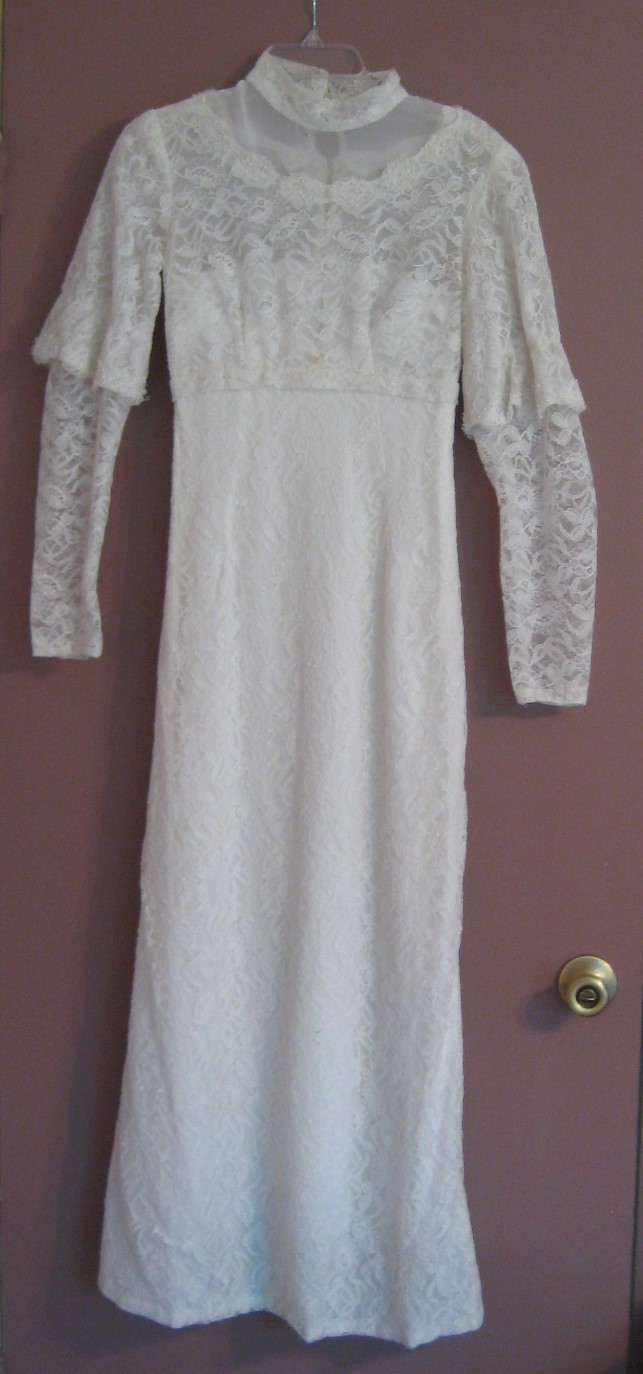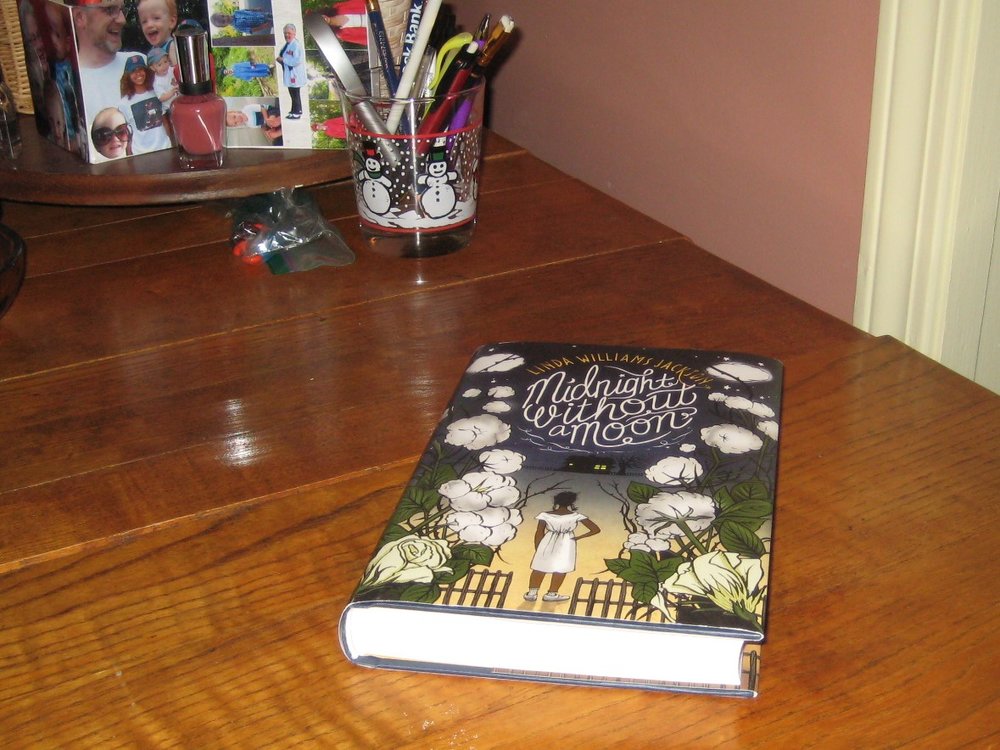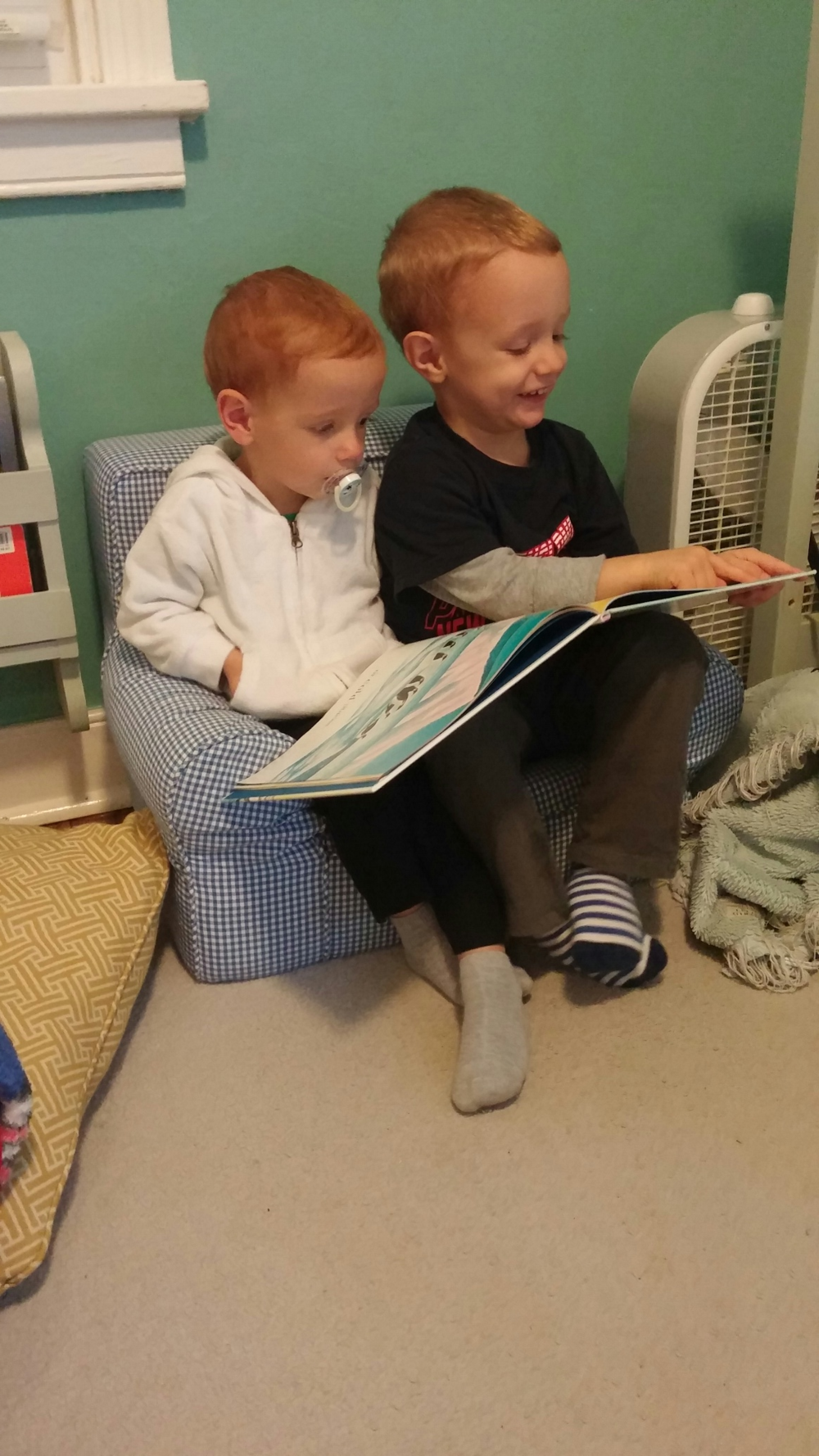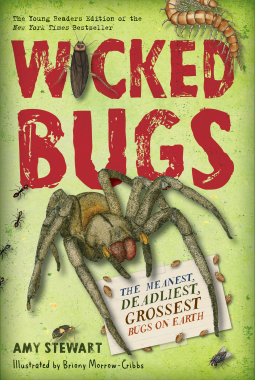 Besides wicked, other words that come to mind describing this book are gross, candid, entrancing, vile – I could go on. For those who like a bit of horror in their lives, for those fed up with fluff, for those who want the real scoop on what tiny varmints do, this is the book. Wicked Bugs: The Meanest, Deadliest, Grossest Bugs on Earth by Amy Stewart is a young readers adaptation of her bestselling book for adult readers.
Besides wicked, other words that come to mind describing this book are gross, candid, entrancing, vile – I could go on. For those who like a bit of horror in their lives, for those fed up with fluff, for those who want the real scoop on what tiny varmints do, this is the book. Wicked Bugs: The Meanest, Deadliest, Grossest Bugs on Earth by Amy Stewart is a young readers adaptation of her bestselling book for adult readers.
Each entry has pictures, entomology, habitat, size, distribution, and bug relatives, making it a good resource for looking at the science of these beasties. Other information ranges from serious to just for fun: a glossary, a list of phobias by bug title, a range of pain created by entomologist Justin Schmidt who did personal research with more than 150 insect stings. In addition, a cautionary tale winds through the book on the dangers of importing nonnative species.
Some bugs are weird as well as wicked. Monkeys in Venezuela search for millipedes whose secretions they rub into their fur to keep the mosquitoes away. There are zombie bugs that inhabit other bugs and force them to do harm. Others have strange life cycles dependent on striking it right with the life cycles of the animals they inhabit. Some provide solutions to big problems like the phorid fly that injects its eggs into the fire ant with the larvae eating the ant’s brains until its head falls off.
A nod to literature is the quote from Poe’s story of “The Tell-Tale Heart” with “a low, dull, quick sound, such as a watch makes when enveloped in cotton” as he describes the death-watch beetle – a bug the author describes as an omen of death. In a different relationship with death, there are insects used in forensics to pinpoint death’s time and place.
The book is entertaining, intriguing, and informative. It is also as engrossing as a scab that calls you back to pick a little more – just the thing for a reluctant reader.

